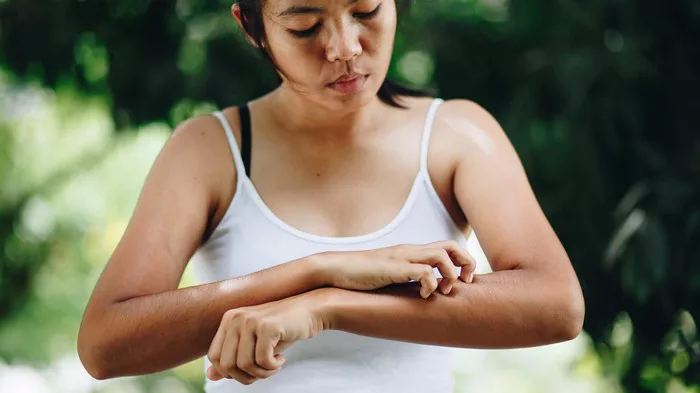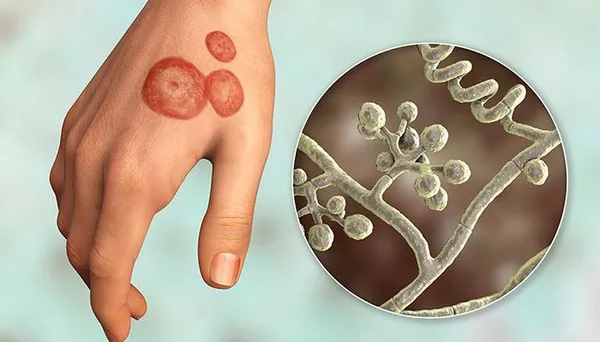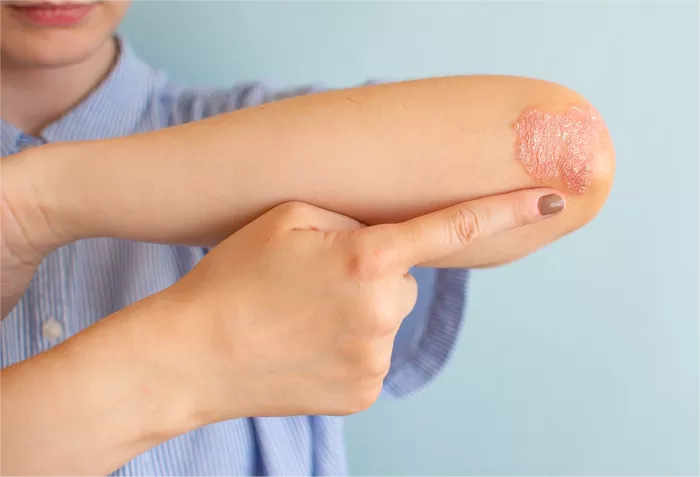Ringworm, despite its name, is not caused by a worm but rather by a fungus. It manifests as a circular rash on the skin and can affect various parts of the body, including the scalp, body, feet, and groin. The fungus responsible for ringworm belongs to a group called dermatophytes, which thrive on keratin, a protein found in the skin, nails, and hair. Understanding how ringworm spreads across the body is crucial for effective treatment and prevention.
What is Ringworm?
Ringworm, also known as dermatophytosis or tinea, is a fungal infection that affects the skin and occasionally the scalp or nails. Despite its name, it has nothing to do with worms. Instead, it is caused by various fungi known as dermatophytes. These fungi thrive on keratin, a protein found in the outer layer of the skin, nails, and hair.
Modes of Transmission
Ringworm is highly contagious and can spread through several means:
1. Direct Contact: The most common mode of transmission is through direct skin-to-skin contact with an infected person or animal. This includes touching the affected area of someone with ringworm or sharing personal items like clothing, towels, or combs.
2. Indirect Contact: Ringworm can also spread indirectly through contact with contaminated surfaces such as floors, shower stalls, or gym equipment that have been in contact with the fungus.
3. Pets: Animals, especially cats and dogs, can carry the fungus that causes ringworm. Contact with infected pets or their belongings can lead to transmission to humans.
4. Soil: Some types of dermatophytes that cause ringworm can survive in soil. Direct contact with contaminated soil, especially in warm and humid environments, can lead to infection.
Areas of the Body Affected
Ringworm can affect different areas of the body, each with its unique characteristics:
1. Scalp: Ringworm on the scalp (tinea capitis) can cause hair loss and is most common in children. It can appear as scaly patches, bald spots, or black dots on the scalp.
2. Body: Ringworm on the body (tinea corporis) appears as round, red patches with raised borders. These patches can be itchy and may spread outward over time.
3. Groin: Ringworm in the groin area (tinea cruris), commonly known as jock itch, causes a red, itchy rash in the groin folds and inner thighs.
4. Feet: Athlete’s foot (tinea pedis) is a type of ringworm that affects the feet, causing itching, burning, and cracked skin, particularly between the toes.
Factors Influencing Spread
Several factors can influence the spread of ringworm across the body:
1. Immune System: Individuals with weakened immune systems, such as those with HIV/AIDS or undergoing chemotherapy, are more susceptible to ringworm and may experience more severe infections.
2. Hygiene Practices: Poor hygiene, especially in crowded or communal settings, can facilitate the spread of ringworm. Regular handwashing and proper personal hygiene are essential for prevention.
3. Environmental Conditions: Warm, humid environments provide ideal conditions for dermatophytes to thrive. Sweaty clothing, communal showers, and shared personal items can harbor the fungus and promote its spread.
4. Animal Contact: Close contact with infected animals, particularly cats and dogs, increases the risk of contracting ringworm. Pet owners should be vigilant and seek veterinary care if their pets show signs of infection.
Treatment and Prevention
Ringworm is typically treated with antifungal medications, either topical creams or oral medications depending on the severity and location of the infection. Prevention strategies include:
1. Good Hygiene: Regular handwashing, especially after touching animals or contaminated surfaces, can help prevent the spread of ringworm.
2. Avoid Sharing Personal Items: Do not share clothing, towels, or personal grooming items with others, especially if someone in the household has ringworm.
3. Clean Environment: Regularly clean and disinfect surfaces that may come into contact with the fungus, such as floors, shower stalls, and gym equipment.
4. Pet Care: Ensure that pets receive veterinary care and treatment if they show signs of ringworm. Avoid close contact with infected animals until they are no longer contagious.
Conclusion
Understanding how ringworm spreads across the body is essential for effective treatment and prevention. By adopting good hygiene practices, avoiding close contact with infected individuals or animals, and seeking prompt medical attention when necessary, the spread of ringworm can be minimized. With proper care and attention, ringworm infections can be managed effectively, leading to a quicker recovery and reduced risk of transmission to others.
Related Topics:

























